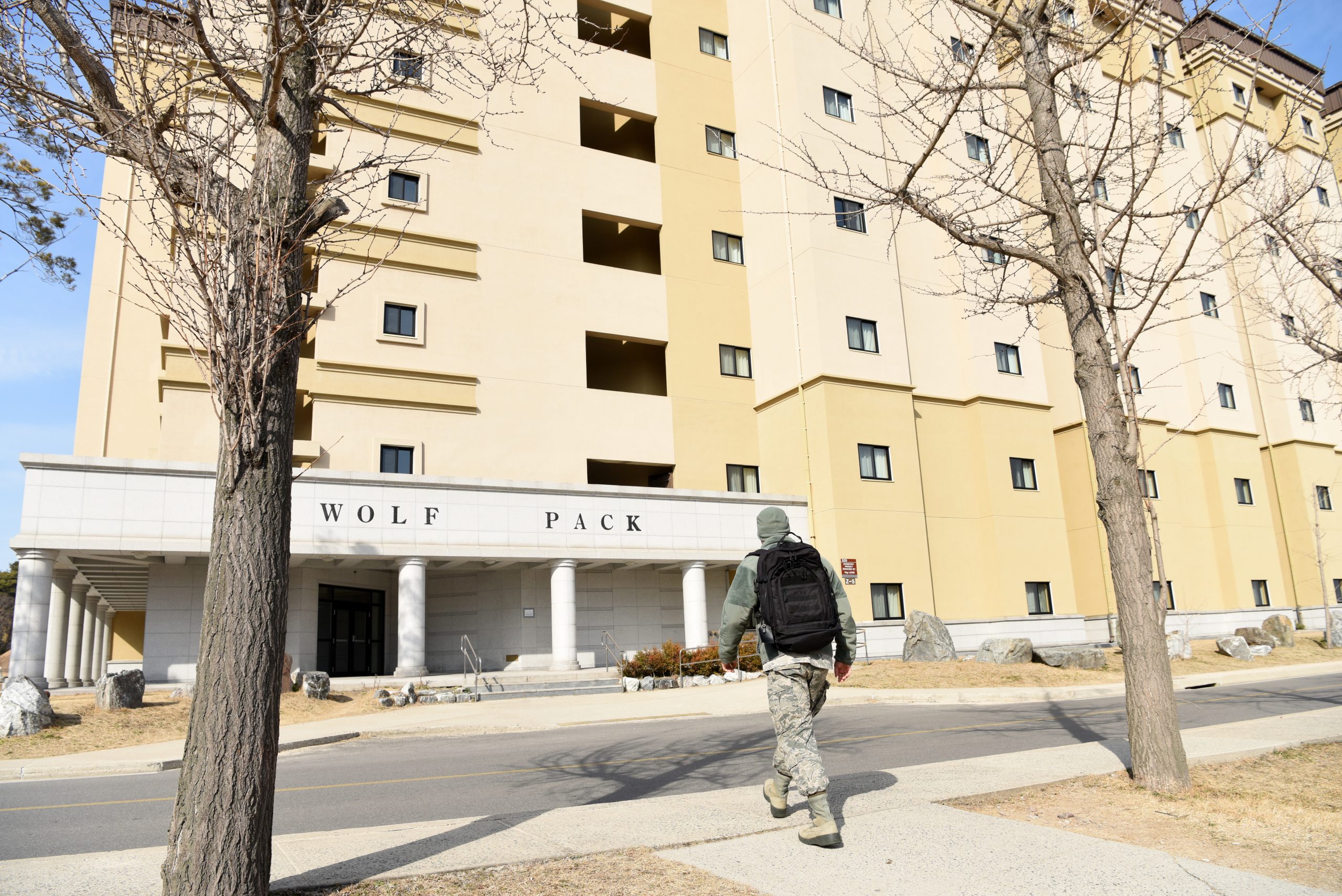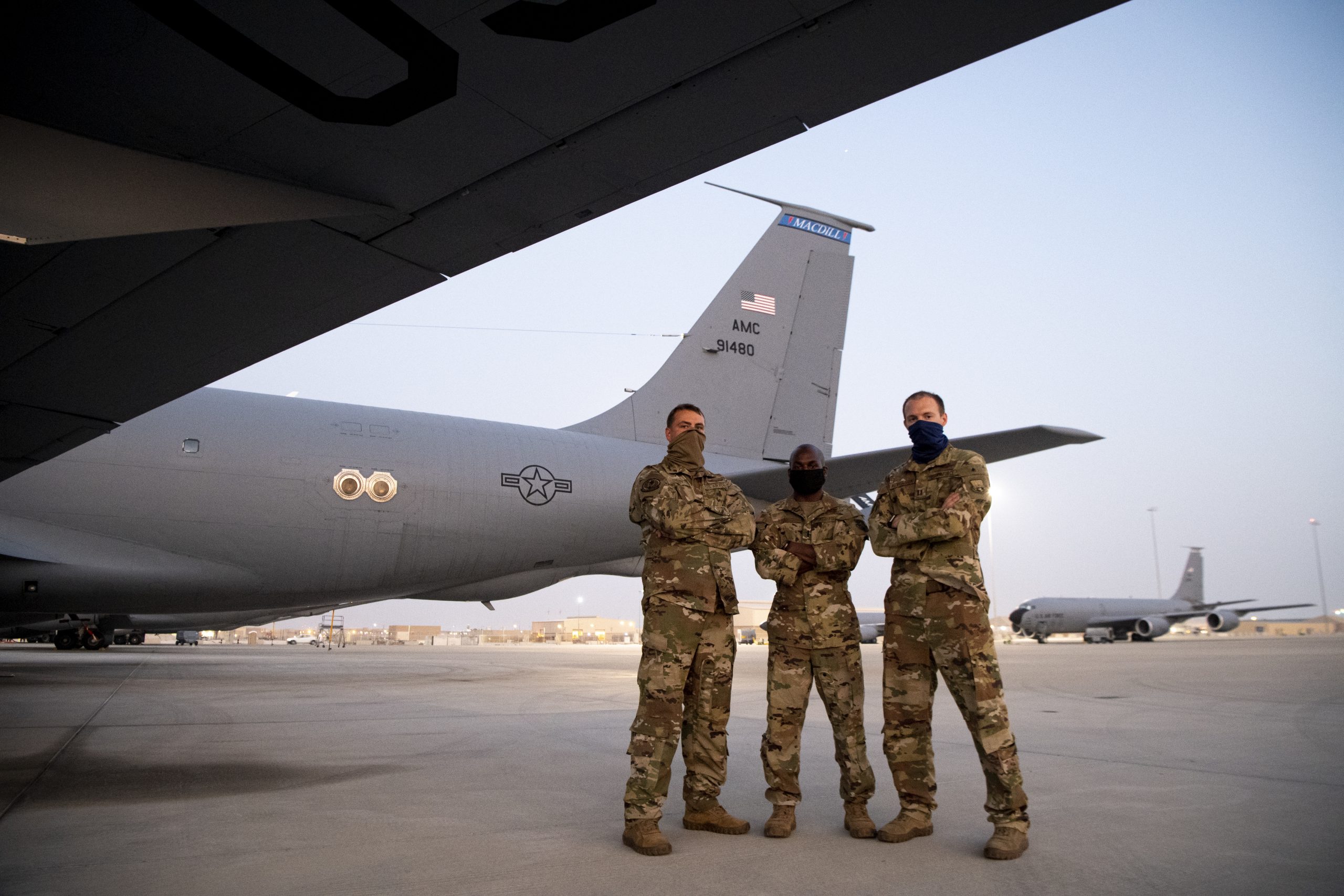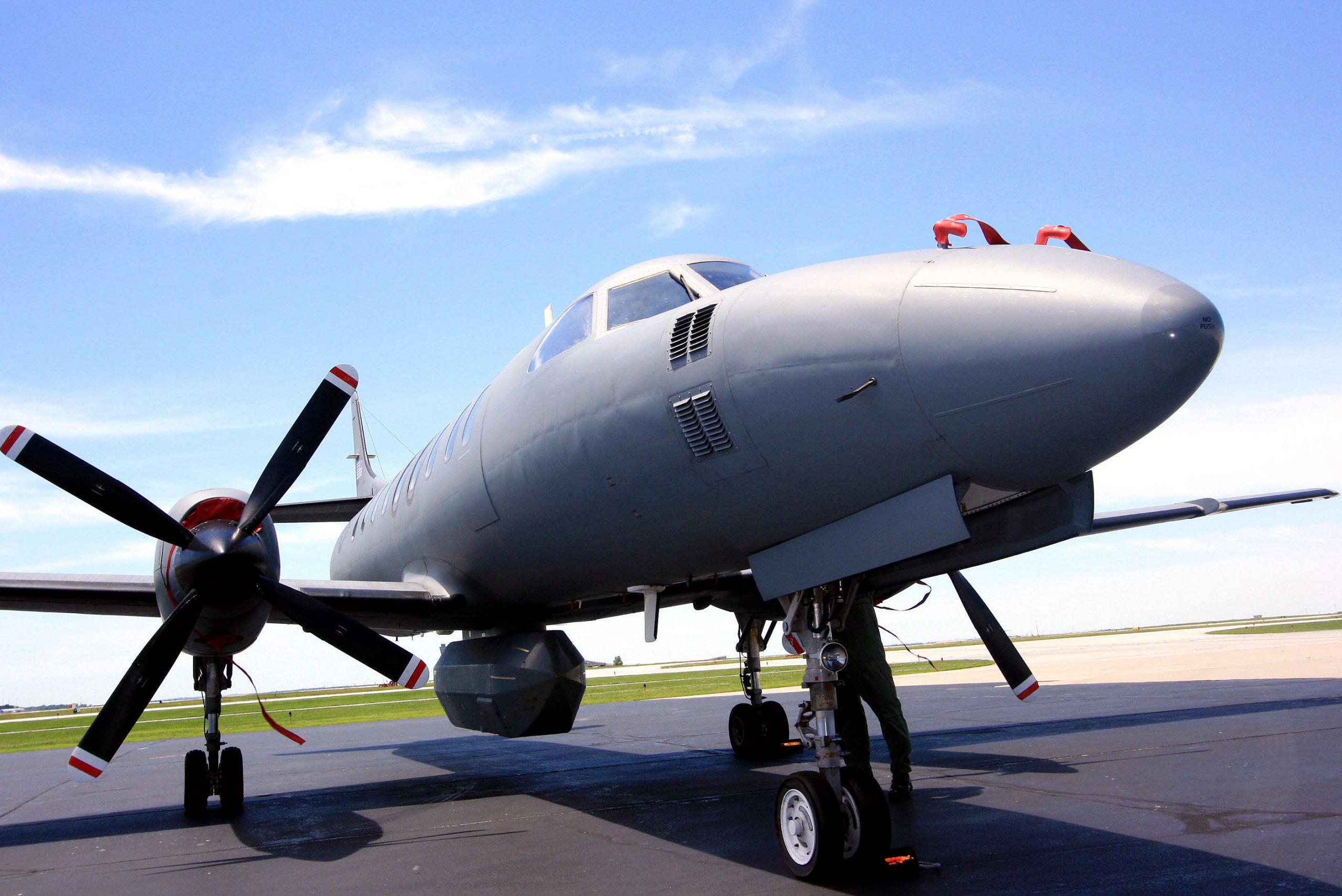Maj. Gen. Barry R. Cornish took command of 12th Air Force (Air Forces Southern) during an Aug. 21 change of command ceremony at Davis-Monthan Air Force Base, Ariz.
Cornish, previously the commander of the 9th Air and Space Expeditionary Task Force-Afghanistan and commander of NATO Air Command-Afghanistan, took over for outgoing Maj. Gen. Andrew A. Croft. The Senate confirmed Croft for his third star and to be U.S. Southern Command’s military deputy commander.
In Afghanistan, Cornish said he saw multiple outside powers competing in an area that is rife with drug trade and other issues, a direct comparison to other nations exerting influence in SOUTHCOM’s region.
“We should not be lulled into a complacent sense that we are immune to this exact sort of competition for power in our own hemisphere,” Cornish said. “Indeed, today we see these same actors operating on various levels in the SOUTHCOM AOR, and China and Russia in particular are competing effectively below the level of armed conflict.”
Cornish also has served as the deputy director for global integration and current operations on the Joint Staff, but this is his first assignment in SOUTHCOM. Twelfth Air Force is SOUTHCOM’s air component, focused on countering aggression—such as recent tensions with Venezuela—along with a new increase in operations countering drugs in the region. The command also helps with humanitarian aid, and training partner nations—some of whom were in attendance at the Arizona ceremony.
“By working together, we counter the threats,” SOUTHCOM boss Adm. Craig S. Faller said. “And I feel very good about the progress we’ve made and about the trust we’ve built with our nations. Always more work to do, but seeing you week-in and week-out, and what your nations are doing for the defense of this hemisphere, makes me proud to be a part of the team.”












